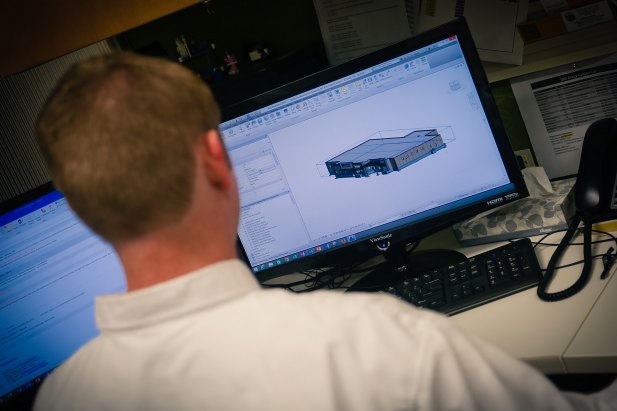
BIM: The 5D Approach to Your Next Commercial Building Project
Imagine technology that can help you see your commercial building project plans beyond 3D, technology that would help your project stay on time and within budget, then allow you to optimize your building’s performance and manage operations in the long-term…even before spade hits earth. Imagine if this technology could provide you with a digital representation of your project that your whole design and construction team could access, virtually eliminating inaccuracies and rework. That technology exists today, and it’s known as BIM: building information modeling.
What exactly is BIM?
BIM is a complex model and design work process that allows building data to be collected and queried. BIM starts with a 3D virtual model of your commercial building project, which includes simulation of all of the building elements so that you can understand how it will operate even before construction starts. The Whole Building Design Guide by the National Institute of Building Sciences says BIM is based on a basic premise of “collaboration by different stakeholders at different phases of the life-cycle of a facility to insert, extract, update or modify information in the model to support and reflect the roles of that stakeholder.”
BIM software is often used by organizations that manage complex infrastructures such as public utilities, roads and bridges, but it’s gaining traction with mainstream commercial construction as well.
Why is BIM so buzzy right now?
Today, some corporations and even whole countries are mandating BIM for large projects, according to engineering.com. Proponents say BIM saves time and money through this deeper level of collaboration and by providing building information unavailable through traditional technical drawings of width, height and depth by including a fourth dimension of time (for schedule considerations) and a fifth dimension of cost (for budget considerations). Allied Market Research reports that BIM’s popularity is also growing because it promises an increased return on investment. Armed with this wealth of information, owner-builders are able to make data-based decisions on their commercial construction throughout the building process and the rest of the building lifecycle.
The popularity of BIM continues to grow for these reasons and more. In particular, technology is making it easier than ever for stakeholders to access BIM software, even on-location through their tablets and smartphones via the cloud.
How can BIM help you?
As an owner-builder, chances are you know the high cost of waste in the construction industry, and how deeply it can cut into your ROI. Because BIM offers the promise of keeping all stakeholders on the same virtual page, this integrated resource eliminates miscommunication and waste, and helps keep your project on time and within budget. With promises of greater efficiencies, cost controls and better facilities management from demolition through construction, BIM may be a process worth exploring for your next commercial construction project.